Barnförbjudet

Barnförbjudet, Marie-Louise Ekman, 1979, 81 min
Barnförbjudet is a film from 1979 by Marie-Louise Ekman, scenographed by Carl Johan de Geer (her husband, 1966–1971). “On paper, Barnförbjudet might seem like a fairly simple story about a girl's everyday life, at home and in kindergarten, with her parents and her grandmother. But the film is told entirely from the child's perspective and thus distorts the world for adult viewers. The girl observes and relates to the adults who yawn and argue and are busy with themselves. The daughter is never in the center, she only does so in her dreams. The changed perspectives and proportions given by the child are enhanced by Carl Johan De Geer's gigantic decor, inspired by Ekman's paintings”. (Lova Hagerfors, 2015).
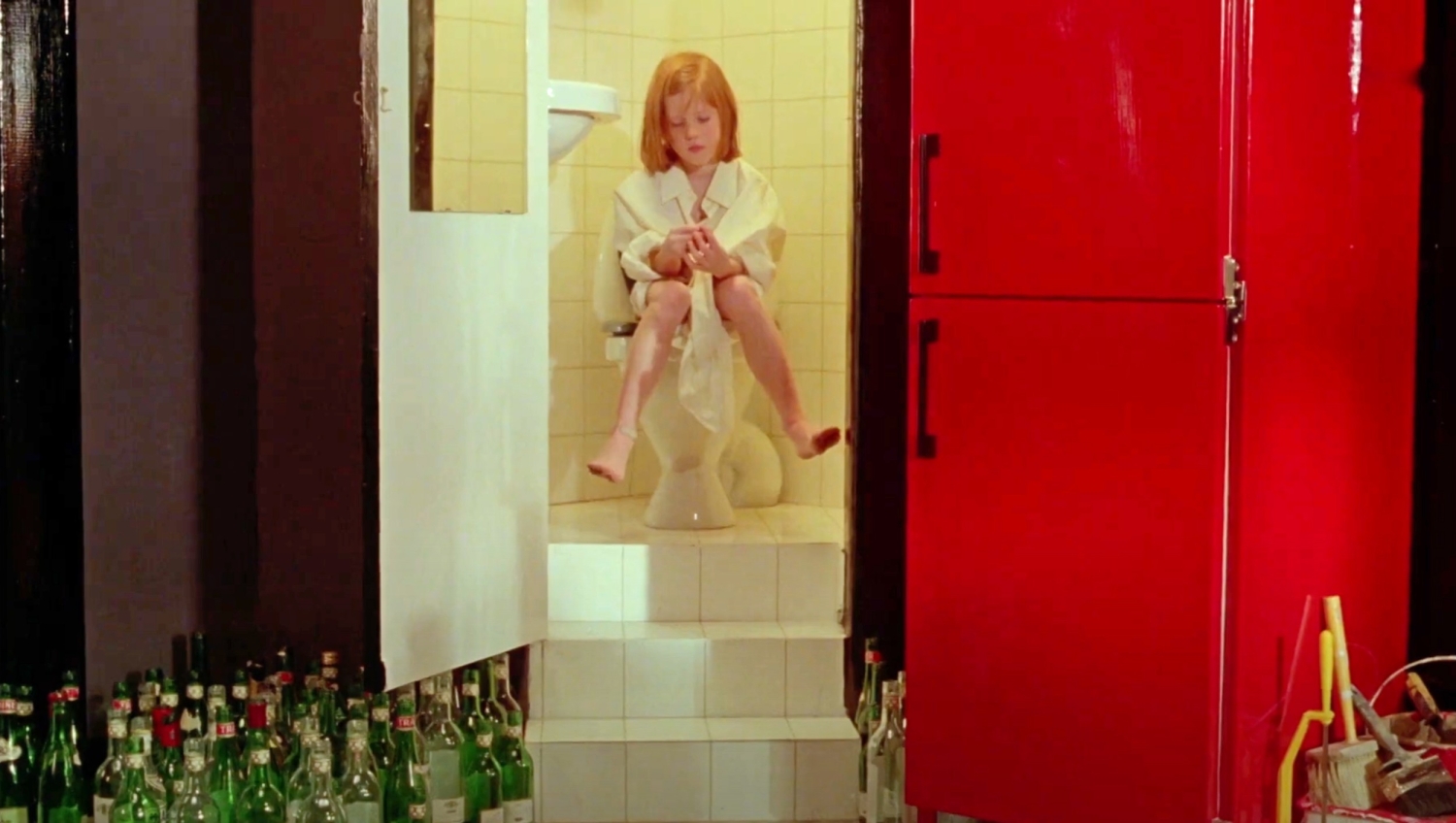
Barnförbjudet, Marie-Louise Ekman, 1979, still
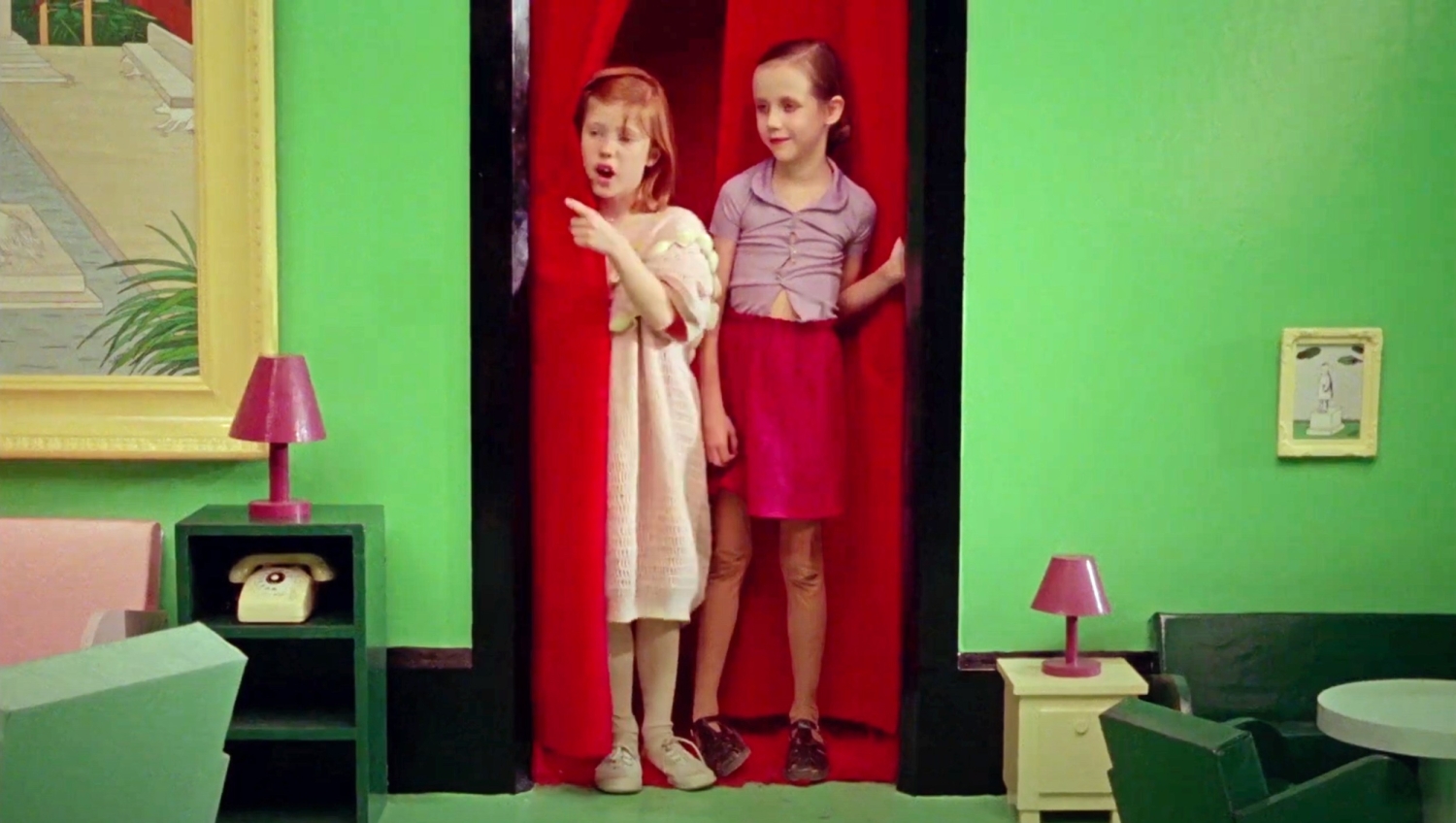
Barnförbjudet, Marie-Louise Ekman, 1979, still
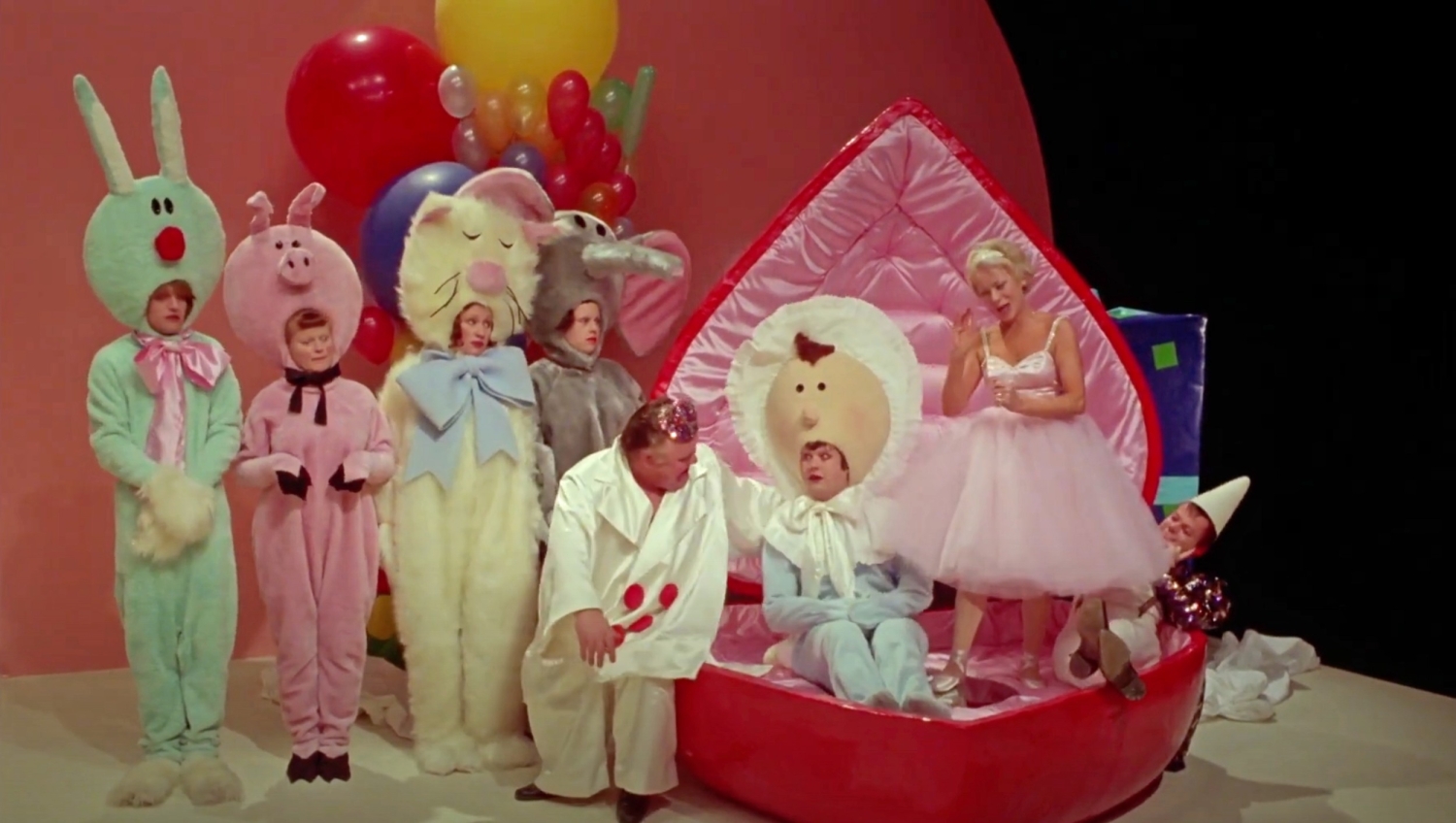
Barnförbjudet, Marie-Louise Ekman, 1979, still
Barnförbjudet, The Elephant Walk in english, is a provocative title for a children's film. In a film context, it has a very clear meaning and the film title links to a very long tradition in Swedish film. Sweden was actually one of the first countries in the world to institute film censorship. It happened in 1911 and the Statens biografbyrå had the task of protecting children from the violence and immorality of films, mainly by setting age limits on films shown in cinemas. The little girl in the film is picked up from kindergarten by her grandmother, but in the 1970s there were many children who had to fend for themselves when they were not in school and their parents were working. These children were called latchkey kids (nyckelbarn in swedish).

Nyckelbarn! [Latchkey kid]
A latchkey kid (nyckelbarn in swedish), is a child who returns to an empty home after school (or other activities) or a child who is often left at home with no supervision because their parents are away at work. Such a child can be any age, alone or with siblings who are also under the age of majority for their community. The word has been used in Swedish since 1947. The concept became increasingly debated during the 1950s and 1960s when more women than before started professional work and were no longer at home to receive the children and give them food, company and homework help when they came home from school. Sometimes the key around the neck was seen as proof that the parents were not fulfilling their parental duties and had not arranged childcare. The word appears on the letter N in Hyland's corner ABC book from 1966: “The key child said to the father/Father, I saw your wife on the stairs” where the point is that the poor key child hardly knows his mother and therefore calls her “your wife” in front of the father.
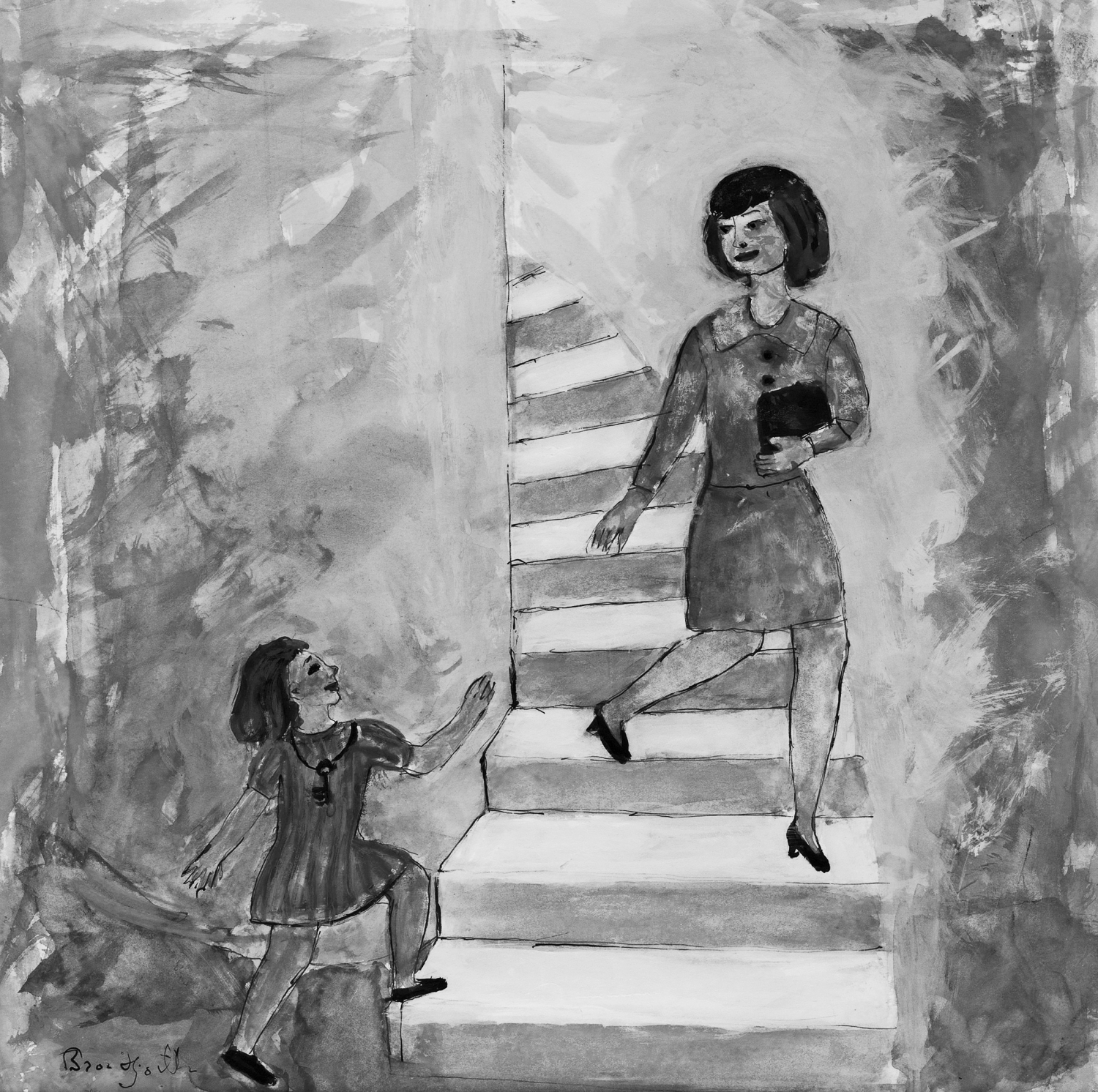
© Bror Hjorth
“The girl’s house is bohemian and untidy – it's rather more like an artist's studio than a home – with the plastic hanging from some unfinished repair or remodel, furniture and wine bottles strewn about anyway. Marie-Louise Ekman herself has said that she loathed Astrid Lindgren's childhood idylls.”
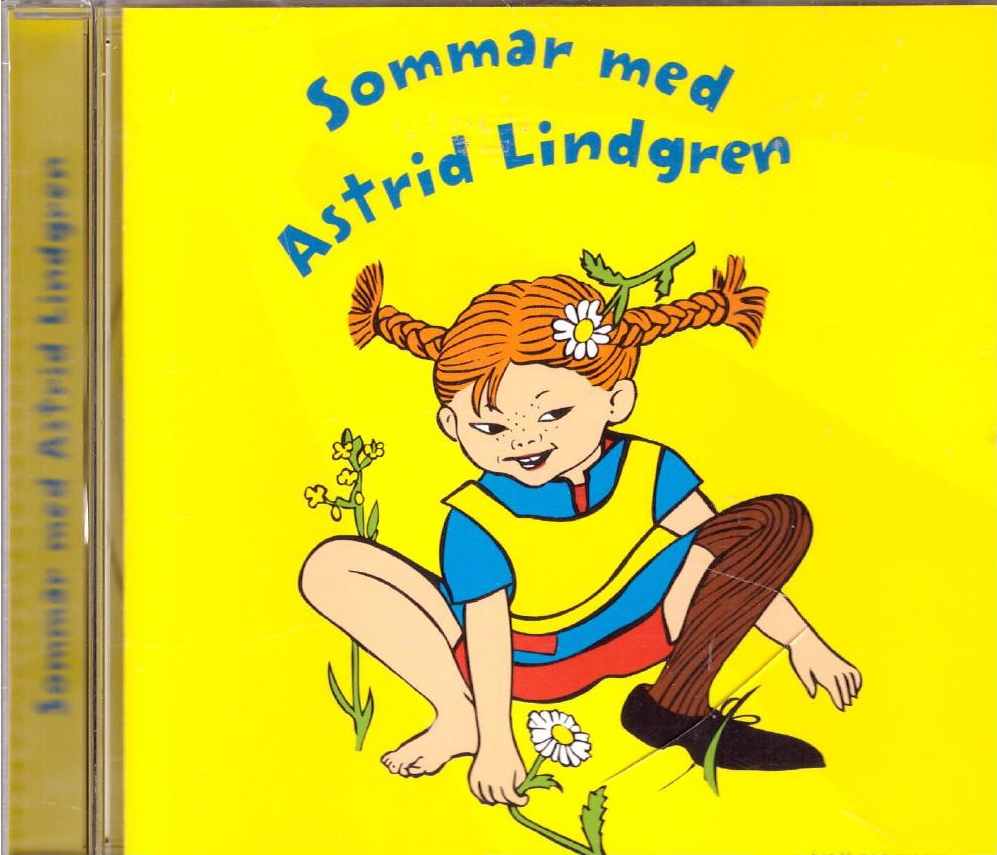
Sommar med Astrid Lindgren [Summer with Astrid Lindgren]